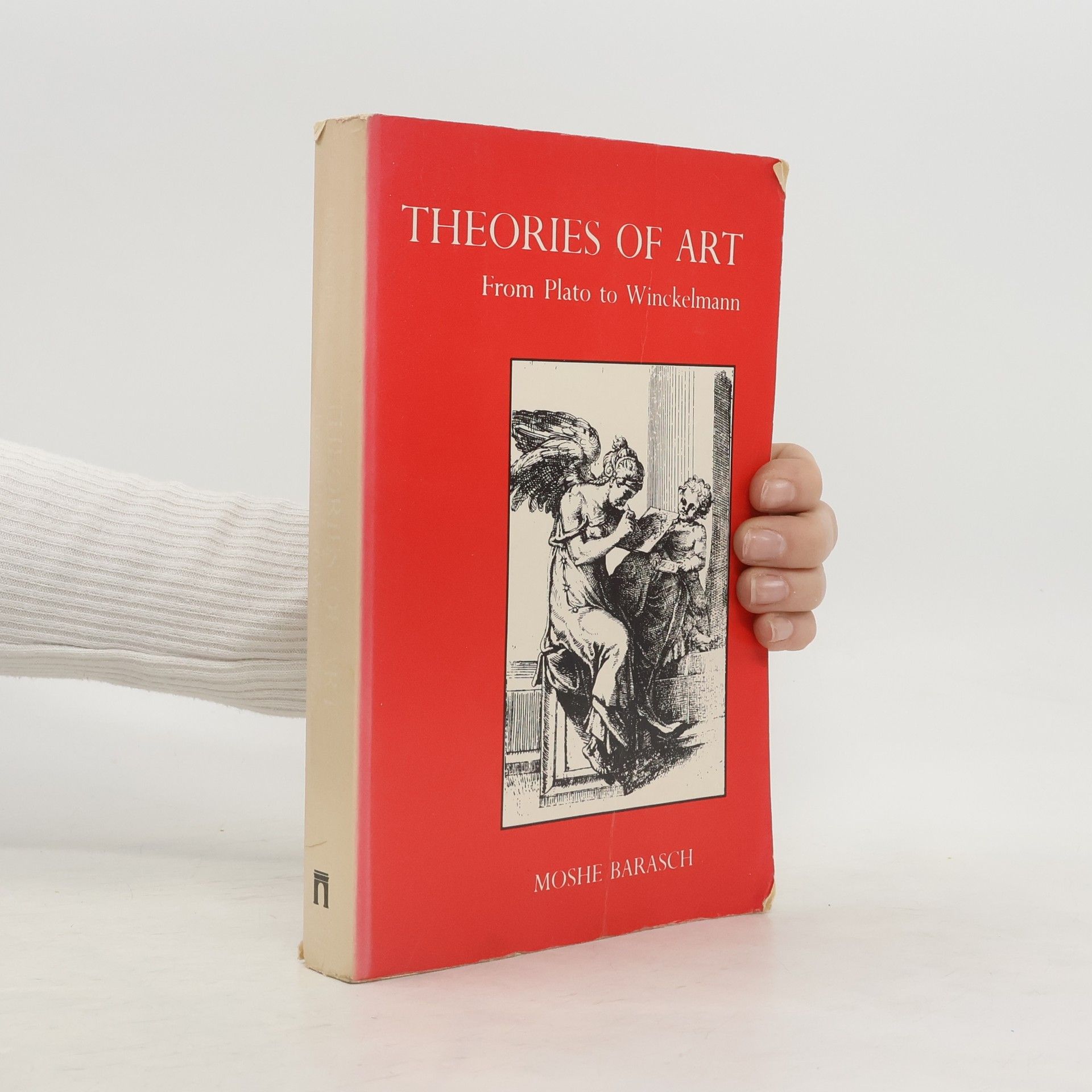Theories of Art offers a thorough-going analysis and reassessment of major trends in European art theory and the development of that theory from the time of Plato to the early eighteenth century.
Moshe Barasch Boeken
Moshe Barasch was de eerste Israëlische kunsthistoricus die wereldwijde erkenning verwierf en lezingen gaf aan tal van instellingen in Europa en de Verenigde Staten. Zijn methodologie volgt nauwgezet de vroege Warburg-traditie, waarbij de nadruk ligt op de relaties tussen kunstwerken in plaats van op een gepériodiseerde kunstgeschiedenis. Barasch onderzocht thema's variërend van de late oudheid, via de middeleeuwen, tot de renaissance. Zijn lezingen en boeken, waarvan vele in het Hebreeuws werden geschreven, hielpen de terminologie van het vakgebied in die taal te ontwikkelen en vestigden de aandacht op vele onderwerpen die later humaniorastudenten zouden aantrekken.
